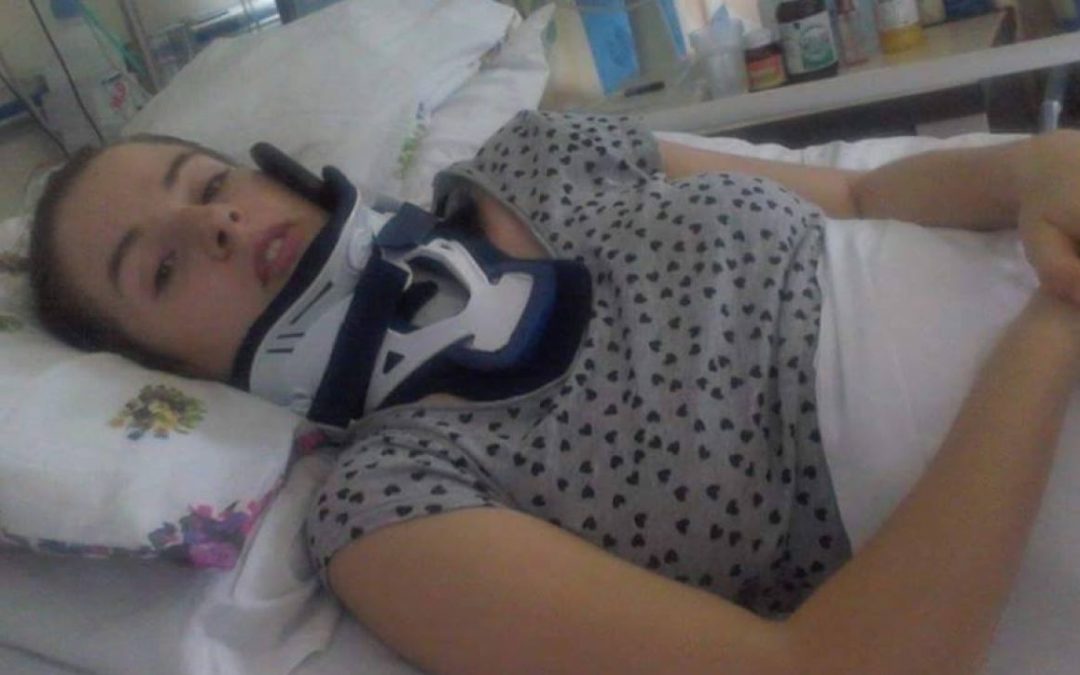Before I got injured, I did not have any major health problems worth mentioning. The life before and after a spinal cord injury (SCI) are two different worlds. I used to exercise a lot (for fun) and take care of my body because I believed health was the most important thing. It transpired at a later stage, the extreme feeling of unwellness, fever with chills and fatigue I was experiencing during the holiday period was not only due to a chronic chest infection but also because of a fracture to my Tibia bone.
SCI causes an extreme and sudden immobilization that leads to an altered pattern of loading of the lower extremities and alteration in skeletal structure. These result in bone loss and increased risk of fractures due to this lack of weight being placed on bones when you stand and walk. Osteoporosis is a disease that causes bones to become weak and fragile. This, in turn, raises the risk of breaking a bone even after a minor fall, bump, sneeze or sudden movement.
A common misconception about paralyzed people is that they don’t feel pain in immobilized parts of their body. In fact, around 50 percent of those with spinal cord injuries suffer from neuropathic pain that feels like a burning, electrical, highly uncomfortable sensation. I could not feel a baseball bat hitting my leg but I can feel an intense burning fire inside all of the time which was amplified as a result of the fracture. It’s very similar to phantom pain that an amputee experiences. So, despite not knowing or feeling how exactly I fractured my Tibia, my body was letting me know something was wrong.
The World Health Organisation (WHO) didn’t officially acknowledge osteoporosis until 1994. That’s when it began defining it as a disease. 1 in 3 women and 1 in 5 men over 50 will suffer an osteoporotic fracture. Lots of them may not even know they have the disease until they experience the break. Fractures can be life-changing and painful and can lead to disability, loss of independence, huge socio-economic impacts and costs for public health services. In recent years, there have been significant and effective medical advances to reduce fractures, however, large numbers of people still require treatment every day across the globe for this painful condition.
Calcium and vitamin D
The food we eat can affect our bones, therefore making conscious choices to eat foods that are rich in calcium, vitamin D and other nutrients important for bone health and overall health are a must. Foods containing large amounts of calcium include:
- Dairy products like milk, cheese, and yoghurt
- Vegetables with large green leaves: ideal for vegans and the lactose intolerant
- Okra and fish like canned salmon or sardines and fortified breakfast cereals
- Eating foods that have a lot of salt (sodium) causes your body to lose calcium and can lead to bone loss. Try to limit the number of processed foods, canned foods and salt added to the foods you eat each day.
Sunlight, egg yolks, fatty fish and fortified milk are great sources of vitamin D. It may be necessary to take a vitamin D supplement on top of a regular diet. In fact, the Irish government has been recommending vulnerable groups do this for quite some time.
Regular exercise
Getting the right amount of regular exercise is good for both physical and mental wellbeing. It makes sense to incorporate certain types of exercise into your routine that will improve balance and coordination. This can then play a part in lowering the risk of losing one’s balance and then breaking bones. Swimming is great for health and fitness there’s a low level of impact on the knees and other joints but it is not a weight-bearing exercise.
The exoskeleton suit which I spoke about in a previous article has been huge to enable those with paralyzed limbs to weight-bear and achieve full body workouts. The suit can also aid with muscle and joint flexibility which become shortened and weakened after extended periods of sitting.
For those with osteoporosis, falls often lead to broken bones. Simple tips to make sure your home is a safe environment will help to mitigate the chance of trips and falls. All of these will help:
- Handrails on stairs and grab bars in bathrooms
- Removing loose rugs and cables
- Ensuring hallways and stairs have sufficient lighting
- Wearing shoes that fit properly and have non-slip soles
- Placing non-slip mats in front of kitchen sinks and in bathrooms

